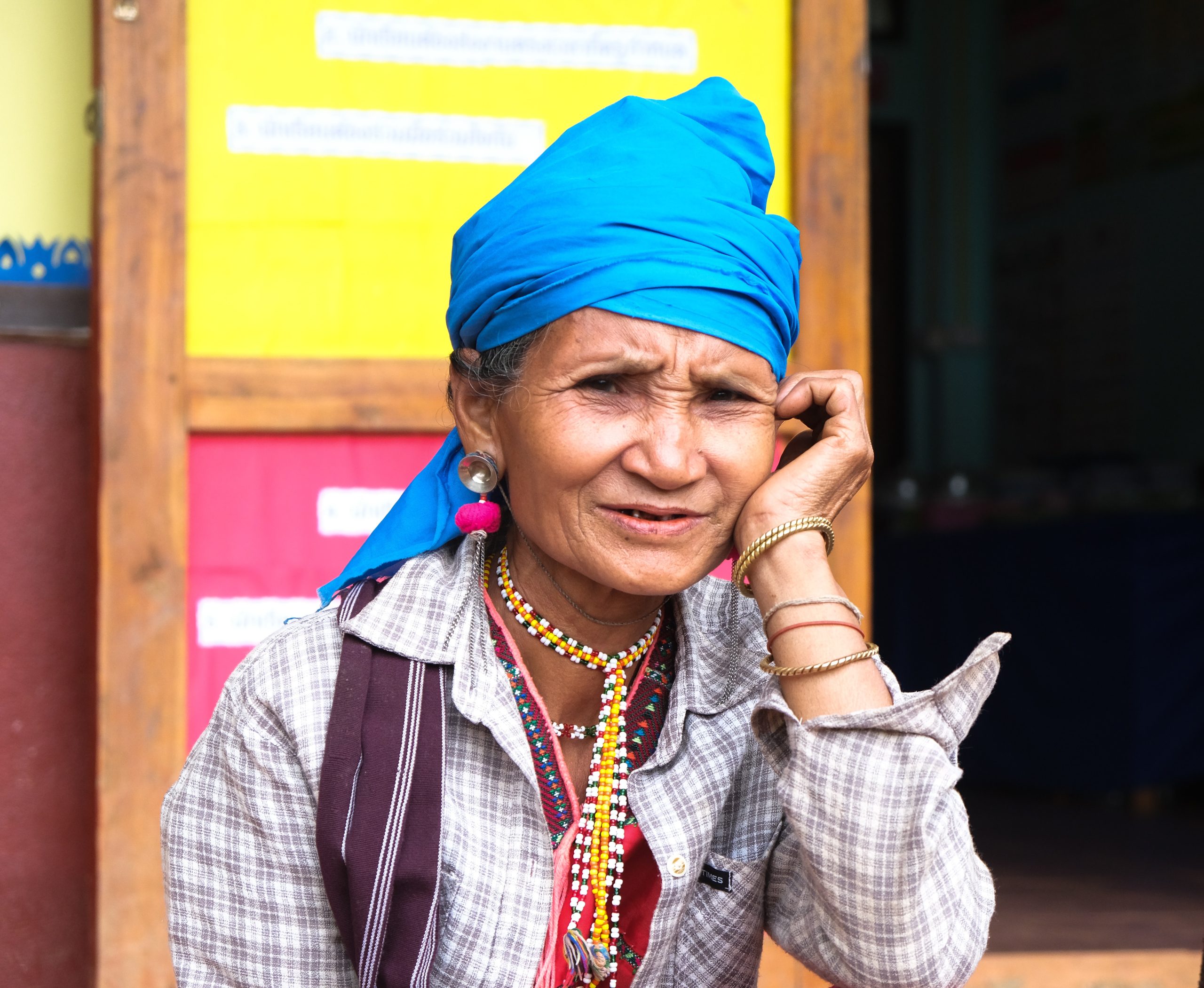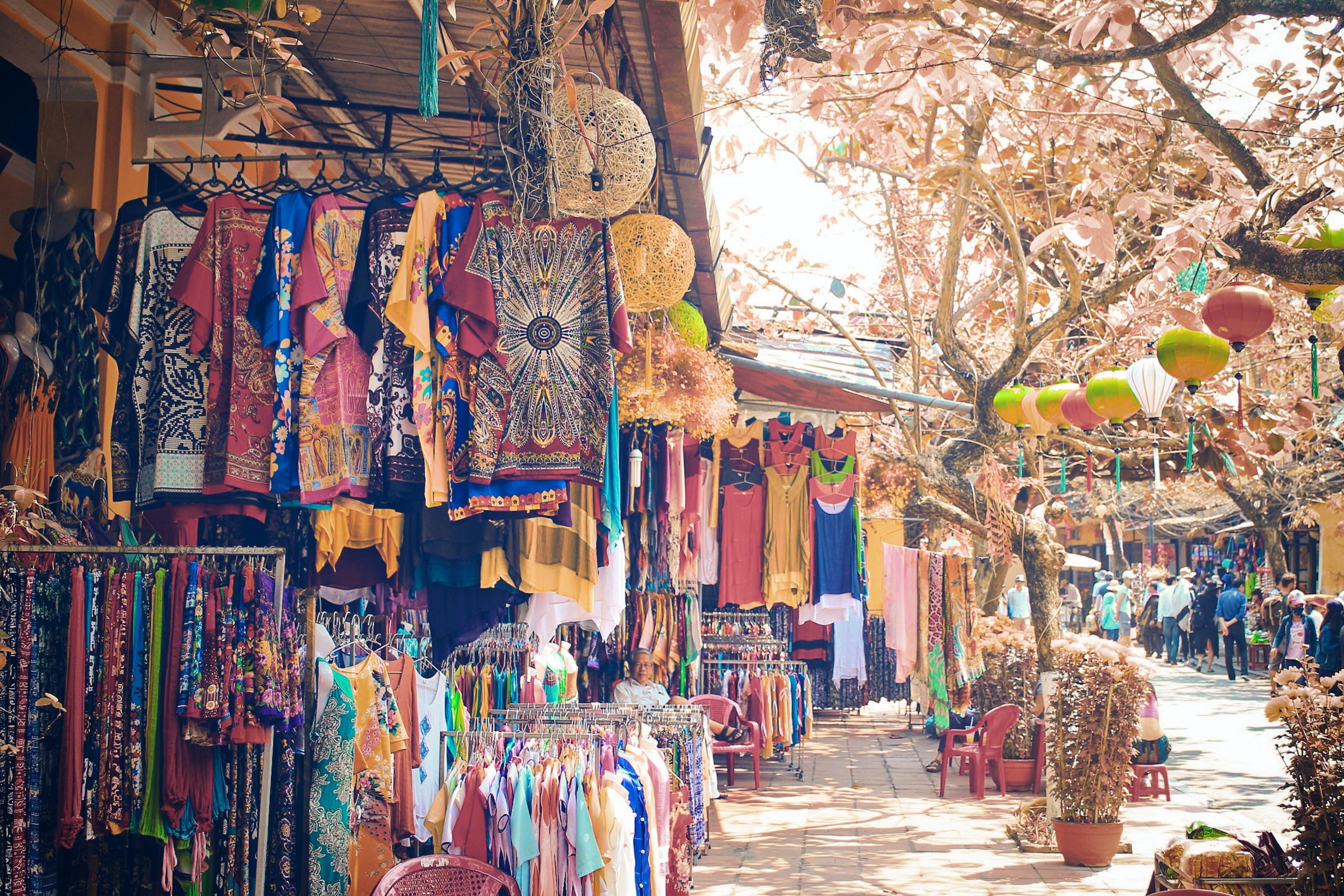Chiang Mai’s indigenous hill tribes
Chiang Mai, a city in northern Thailand, is known for its vibrant culture, stunning landscapes, and a remarkable array of hill tribes that call this region home. These Chiang Mai’s indigenous hill tribes communities, each with their unique customs, traditions, and languages, offer a fascinating glimpse into Thailand’s diverse cultural landscape. Join Green Sun Travel as we embark on a journey to discover the indigenous hill tribes of Chiang Mai and explore the beauty and richness of their way of life.
About Chiang Mai’s indigenous hill tribes
Chiang Mai’s indigenous hill tribes are a group of diverse ethnic communities living in the mountainous regions of northern Thailand. These tribes have rich and unique cultural traditions, languages, and ways of life that have been preserved for generations. Each tribe has its distinct identity and is known for specific customs, clothing, and practices. Here are some of the prominent indigenous hill tribes you can encounter in and around Chiang Mai:
- Akha Tribe: The Akha people are known for their elaborate headdresses and traditional clothing adorned with intricate embroidery. They have a strong agricultural tradition and are known for cultivating crops like corn, rice, and tea. Visitors often have the opportunity to try their locally brewed tea and participate in traditional Akha dance and music.
- Karen Tribe: The Karen tribe is known for the women who wear brass rings around their necks, giving the appearance of elongated necks. They are skilled in farming and often reside in remote villages in the hills. Visitors can experience trekking through lush jungles and engage with the Karen people to learn about their way of life.
- Hmong Tribe: The Hmong are recognized for their vibrant textiles and intricate needlework. They are excellent artisans, and many Hmong women create stunning handcrafted items. Visitors can witness traditional batik-making and even try their hand at creating these beautiful textiles.
- Lisu Tribe: The Lisu tribe is known for their warm hospitality and a welcoming spirit. They are skilled hunters, gatherers, and farmers. Visitors can participate in a cooking class to learn traditional Lisu cuisine and spend time connecting with the community.
- Lahu Tribe: The Lahu people are skilled in music and dance, often performing traditional songs and dances for visitors. They have a rich tradition of metalwork and agriculture, and their villages are set in picturesque locations amid the hills.
- Palong Tribe: The Palong, also known as the Big Ear tribe, are famous for the elongated earlobes that result from wearing heavy earrings. They are known for their expertise in agriculture and craftwork. Visitors can witness their unique customs and practices.

Visiting these Chiang Mai’s indigenous hill tribes is not just a journey through picturesque landscapes but also an opportunity to learn about the diversity of cultures in northern Thailand. Many tour operators offer guided trips that provide insights into the daily lives of these tribes, allowing travelers to interact with the local communities and purchase traditional crafts, thereby contributing to the economic well-being of these indigenous groups. These encounters provide a deeper appreciation for the cultural heritage and diversity that enriches the Chiang Mai region.
Chiang Mai’s indigenous hill tribes exploration
Day 1: A Warm Welcome to Chiang Mai
Our adventure commences in the enchanting city of Chiang Mai, a place that resonates with a rich history and cultural heritage. Nestled within a picturesque landscape of lush forests and rolling hills, the city’s atmosphere immediately imbues a sense of anticipation. Upon arriving and settling into our chosen accommodation, we embark on our exploration of the indigenous hill tribes, a journey that promises to be both enlightening and transformative. To set the stage for our immersive experience, our first stop is the Tribal Museum. Here, we delve into the captivating history and culture of the hill tribes, gaining a deeper appreciation for the diversity and traditions that await us.
Day 2: The Akha Tribe – A Glimpse of Tradition
Our second day unfolds as we venture into the hills to encounter the Akha tribe, a community renowned for their distinctive attire adorned with intricate embroidery and ornate headdresses. The Akha people graciously welcome us into their village, offering an authentic window into their lives. We have the privilege of observing their unique agricultural practices, learning how they cultivate the land and sustain their communities. As we sip on locally brewed tea, we’re transported into the heart of Akha culture, and perhaps most exhilarating of all, we are invited to participate in their traditional dances and music, forging connections that transcend language and geography.
Day 3: The Karen Tribe – A Village in the Clouds
Our Chiang Mai’s indigenous hill tribes journey takes us to the heights as we ascend to a remote Karen hill tribe village, perched amidst the clouds. The Karen people are celebrated for the enchanting tradition of their long-necked women, who wear brass rings around their necks, a practice that holds a deep cultural significance. Our day here is filled with adventure as we embark on a trek through the lush jungle, surrounded by the vivid greenery of the mountains. The hike not only exposes us to the extraordinary natural beauty but also offers a profound insight into the daily lives of the Karen people. We partake in shared meals with the villagers, experiencing their cuisine and hospitality, all while relishing the breathtaking views from the hilltops.
Day 4: The Hmong Tribe – Textiles and Traditions
Our journey continues as we visit the Hmong tribe, known for their intricate needlework and vibrant textiles. The Hmong people open their world to us, granting us the privilege of witnessing the ancient art of batik-making. As we explore their community, we may be encouraged to try our hand at this art form, an opportunity to understand their cultural heritage at a deeper level. The Hmong’s unique way of life, shaped by their adaptability to the hilly terrain, is a testament to their resilience and resourcefulness.
Day 5: The Lisu Tribe – A Day of Connection
Today is a day of heartfelt connection as we immerse ourselves in the culture of the Lisu tribe, known for their warmth and hospitality. Our visit includes a delightful cooking class, where we learn the intricacies of traditional Lisu cuisine. We join the Lisu people around the fire, sharing stories and forging personal connections that transcend the boundaries of language and culture. It’s a chance to gain profound insights into their daily lives and customs, creating bonds that linger in our hearts.
Day 6: Reflection and Farewell

As our time with Chiang Mai’s indigenous hill tribes draws to a close, we take a moment for reflection on the profound experiences we’ve encountered and the remarkable individuals we’ve met. We head to a local market to pick up unique crafts and souvenirs, a tangible way to ensure our journey leaves a positive impact on these resilient communities. Before bidding our farewells, we participate in a traditional farewell ceremony, an authentic expression of gratitude for the warmth, wisdom, and friendship we’ve been privileged to experience throughout our extraordinary journey.
Conclusion
Exploring the indigenous hill tribes of Chiang Mai is an unforgettable journey through Thailand’s cultural diversity. The rich tapestry of customs, traditions, and languages that these tribes preserve is a testament to their resilience and the importance of cultural preservation. This unique travel experience is a chance to connect with the people who call these beautiful hills home, forging lasting memories and leaving a positive impact on these communities. Chiang Mai’s indigenous hill tribes offer a glimpse into a world where tradition meets the contemporary, and it’s a journey you won’t want to miss.








bonus di riferimento binance
I don’t think the title of your article matches the content lol. Just kidding, mainly because I had some doubts after reading the article.
March 14, 2024 at 6:50 am